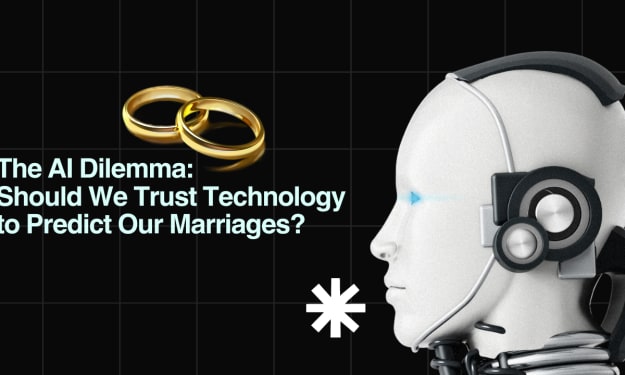The Human Body: Evolutionary Relics and Future Possibilities
Human Body

The human body is often considered a marvel of engineering, a perfectly balanced machine where all its parts work seamlessly together to keep us alive and thriving. However, upon closer inspection, some of these parts may seem more like evolutionary relics than essential components of our daily functioning. Let's take a journey through some of these vestigial organs and explore the intriguing possibility of how the human body might evolve in the future.
One such example is the wisdom teeth, those pairs of molars tucked away in the back of our mouths. While they can be used for chewing, around 22% of people worldwide don't even have all four of them. When they do grow in, they often become impacted, getting stuck in the jawbone sideways due to our jaws being too small to accommodate them. Scientists speculate that the evolution of smaller jaws over time, coupled with childhood dietary habits, may contribute to the obsolescence of wisdom teeth. Will they disappear altogether in the future? Only time will tell.
Another curious organ is the vomer nasal organ (VNO), often dubbed the nose's secret instrument. While rodents and other mammals use a similar organ to communicate via chemical signals called pheromones, the human VNO appears to be a useless remnant. Neuroscientists note that it lacks cells resembling those found in similar organs of other mammals, and it doesn't seem to communicate with the human brain. The question arises: will humans retain this organ on their evolutionary journey? The answer remains uncertain, placing it in the realm of possibilities.
Now, let's talk about tails. In the embryonic stage, humans develop a tail complete with vertebrae, only to have it disappear as they mature. Humans and apes are unique among primates for lacking tails, though occasionally, a human is born with a vestigial tail. While these tails are usually harmless, the absence of vertebrae and the potential association with spinal conditions make them easy to remove through surgery. The likelihood of humans needing tails in the future is minimal, suggesting that tailbones might be bidding farewell in subsequent generations.
The palpebral semilunaris, a fold of membrane in the inner corner of the eyes, is another peculiar feature. This remnant of a third eyelid, present in some animals, including primates, serves various functions such as protecting the eyes from dirt and moisture. However, in humans, its purpose has diminished over time, leaving it as a mere anatomical curiosity.
As we consider these vestigial organs, it's fascinating to ponder what the future holds for the human body. Our lifestyle changes have already rendered some organs obsolete, but what about the potential changes in response to technological advancements? The concept of "text claw" and other physical adaptations due to constant device use raises concerns. While the exaggerated changes of a fictional character named Mindy may not be in our future, the underlying issues highlight the importance of mindful technology usage to prevent negative effects on our bodies and minds.
Looking further into the future, scientists speculate on various possibilities, from smaller human sizes to brain implants aiding memory recall. As our interactions and environment continue to evolve, our bodies might adapt in ways that are challenging to predict. Colonizing Mars, for instance, could bring about changes in body structure due to the lower gravity. Longer limbs, insulating body hair, or visible technology as part of our appearance are all speculative but intriguing possibilities.
In conclusion, the human body is a dynamic entity, constantly evolving and adapting. Vestigial organs serve as reminders of our evolutionary history, and while some may fade away in the future, new adaptations may emerge in response to our ever-changing world. Whether it's the disappearance of wisdom teeth or the potential integration of technology into our physical selves, the future of the human body promises to be a fascinating journey into the unknown.





Comments
There are no comments for this story
Be the first to respond and start the conversation.